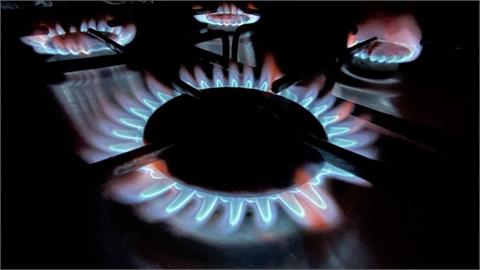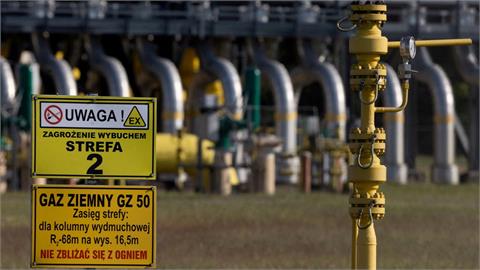The International Energy Agency has sharply raised its world oil demand estimate for 2021, pointing to further signs that the global economy is recovering faster than previously expected, particularly in the US and China.
Stronger economic forecasts and "robust" indicators of prompt demand mean the global oil demand will grow 230,000 b/d faster than previously forecast, the IEA said in its latest monthly oil market report published April 14.
World oil demand is now expected to expand by 5.7 million b/d in 2021 to 96.7 million b/d, following a collapse of 8.7 million b/d last year, the IEA said.
Supported by a quick vaccine rollout and a massive economic stimulus package, the IEA said it revised up its US oil demand forecast for the second half of the year by around 365,000 b/d. Its Chinese oil consumption forecast for 2021 was also raised by 160,000 b/d.
"Oil markets fundamentals look decidedly stronger," the IEA said. "The massive overhang in global oil inventories that built up during last year's COVID-19 demand shock is being worked off, vaccine campaigns are gathering pace and the global economy appears to be on a better footing."
The IEA said OECD industry stocks fell for the seventh consecutive month in February, down 55.8 million barrels, or 2 million b/d, led by a sharp draw in product inventories.
At end-February, total oil stocks stood at 2.977 billion barrels, down from a peak of 3.216 billion barrels in May 2020, and reducing the overhang versus the 2016-2020 average to 28.3 million barrels.
In March, industry stocks rose by a combined 15.3 million barrels in the US, Europe and Japan, the IEA said citing preliminary data.
Even global refinery throughputs caught up with year-earlier levels in March for the first time since 2019, the IEA noted. At 75.9 million b/d, however, global refinery runs remained 4.4 million b/d below March 2019 levels.
No supply crunch
Despite the stronger global economic indicators, the IEA said the recovery remains fragile given rising COVID-19 cases in some key countries and regions including Europe, India and Brazil. Despite a wave of new lockdowns in Europe, the IEA said it remains confident that the region's vaccination program will accelerate in the coming months allowing for a boost in mobility in the second half of the year.
The IEA cautioned that oil prices could yet come under "renewed pressure" in the coming months as world oil supplies are set to ramp up and shift the market from deficit towards balance.
Brent crude prices were trading up 1.6% at $64.68/b early April 14, having recovered from sub-$62/b levels earlier in the month, helped by rising optimism over the health of the global economy.
Even though OPEC+ agreed on April 1 to ease its output cuts by more than 2 million b/d from May through July, the IEA's latest estimates show nearly 2 million b/d of extra supply may be required to meet expected demand growth this year.
The IEA reiterated, however, that the oil market does not face an "impending supply crunch", noting that OPEC+ will still have some 6 million b/d of spare production capacity, while 1.5 million b/d of Iranian crude remain shut in by sanctions.
"The bloc's current monthly fine-tuning of supply could give OPEC+ ministers the flexibility to ramp up relatively quickly to fill any substantial gaps that may emerge," the IEA said.
Global oil output this year could rise by 1.4 million b/d, the IEA estimated, compared to a 6.6 million b/d loss in 2020. Non-OPEC+ oil supply is seen growing by 610,000 b/d in 2021. In the US, the world's biggest oil producer, the IEA said it expects to see supplies ease by 100,000 b/d in 2021 after falling by nearly 600,000 b/d in 2020.
(www.spglobal.com, April 14, 2021)



